You will see penguins on your Antarctica cruise – lots of them. But don’t forget that there is a ton of other wildlife to be seen! Antarctic wildlife includes seals, whales, and other birds. Bring binoculars, bring a camera, and be prepared for Antarctica creatures while on the ship! Animals will be going through different stages of their breeding cycles, so contact our team at Polar Holidays to pick the itinerary and season that best suits your goals.
There are many species of mammals and seabirds that live in Antarctica! We highlight the main residents that you may see on your Antarctica vacation on this page. For more information and questions please contact our team!
Most Antarctic tourists are quite interested in seeing penguins and have great questions. How many species of penguin live in Antarctica and sub-Antarctic areas? What do penguins eat? Are penguins birds? What is the biggest penguin species? How tall are Emperor Penguins?
In our penguin guide, learn all about the types of penguins, what a baby penguin is called, find out about penguins’ mating rituals, penguin lifespan, penguin habitat, and much more.
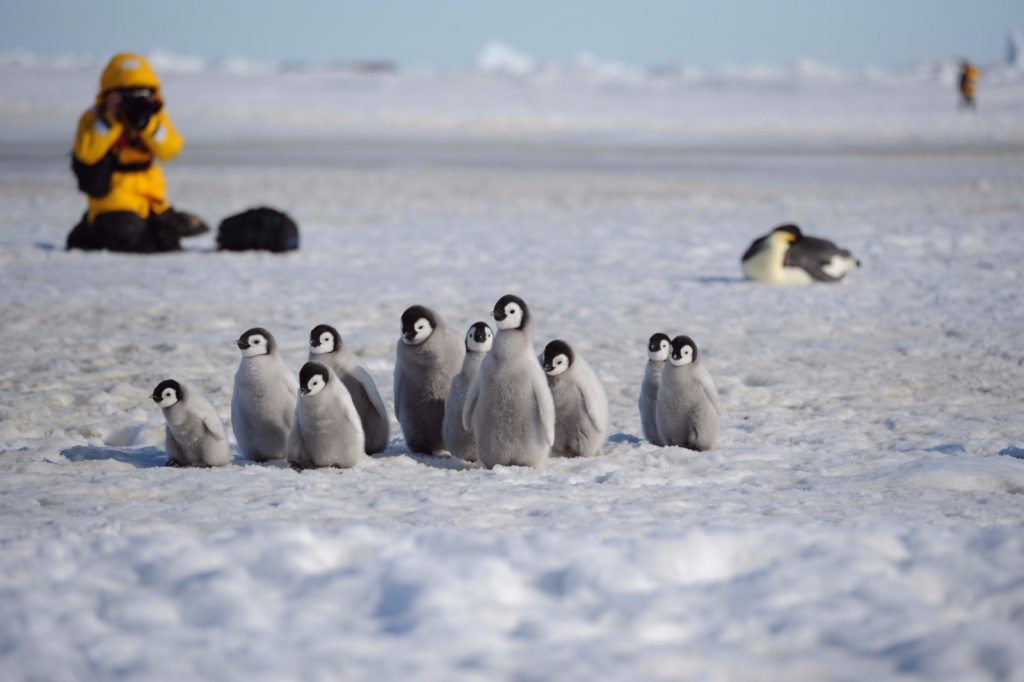
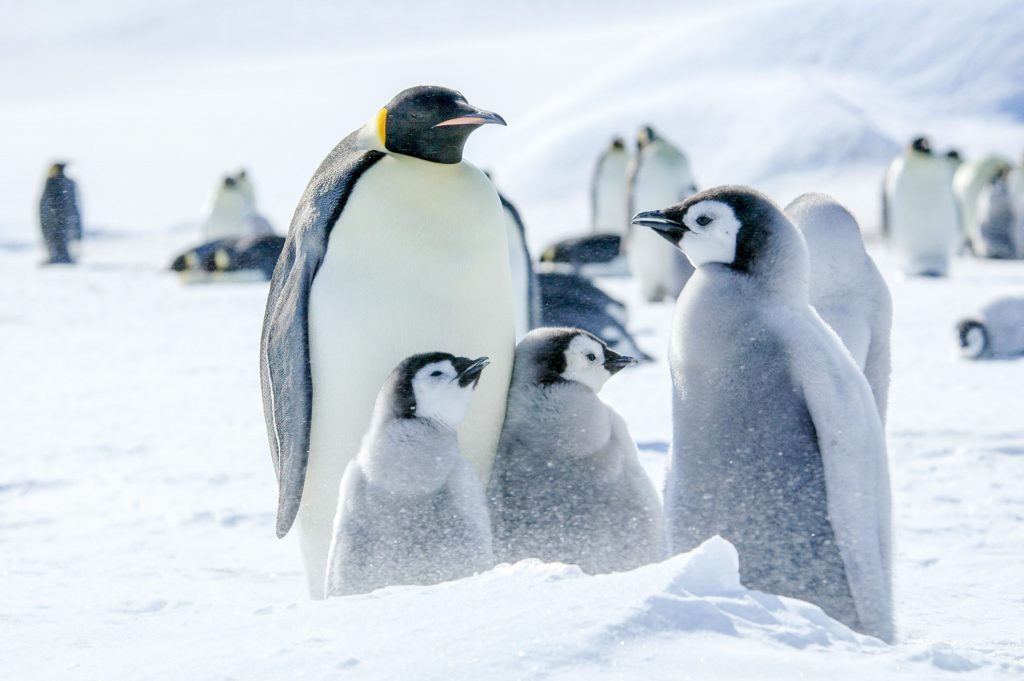
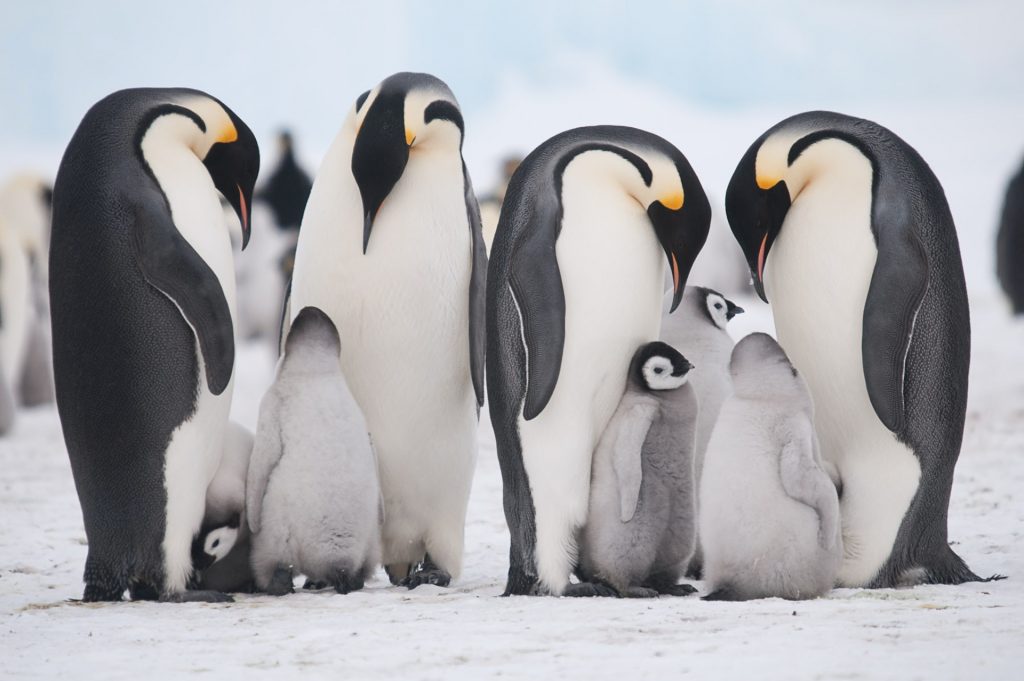
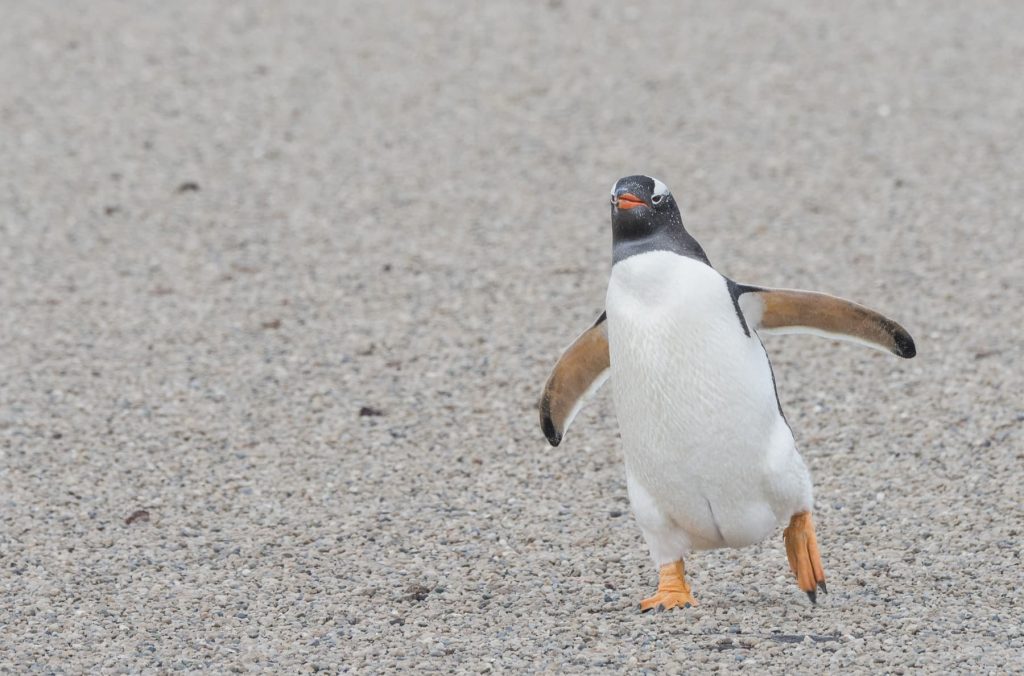
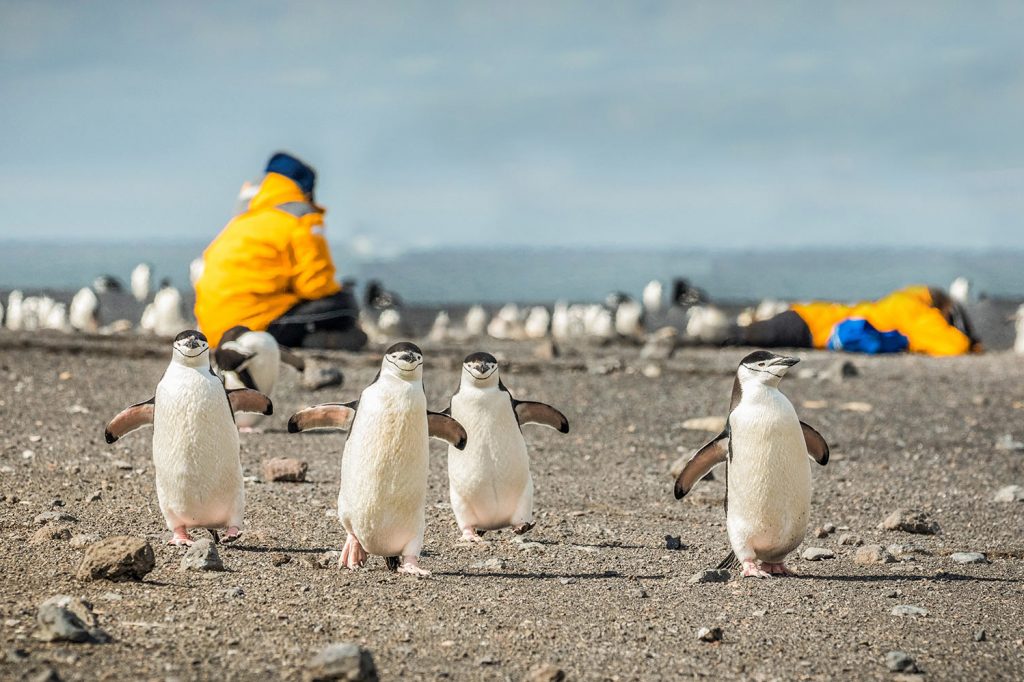
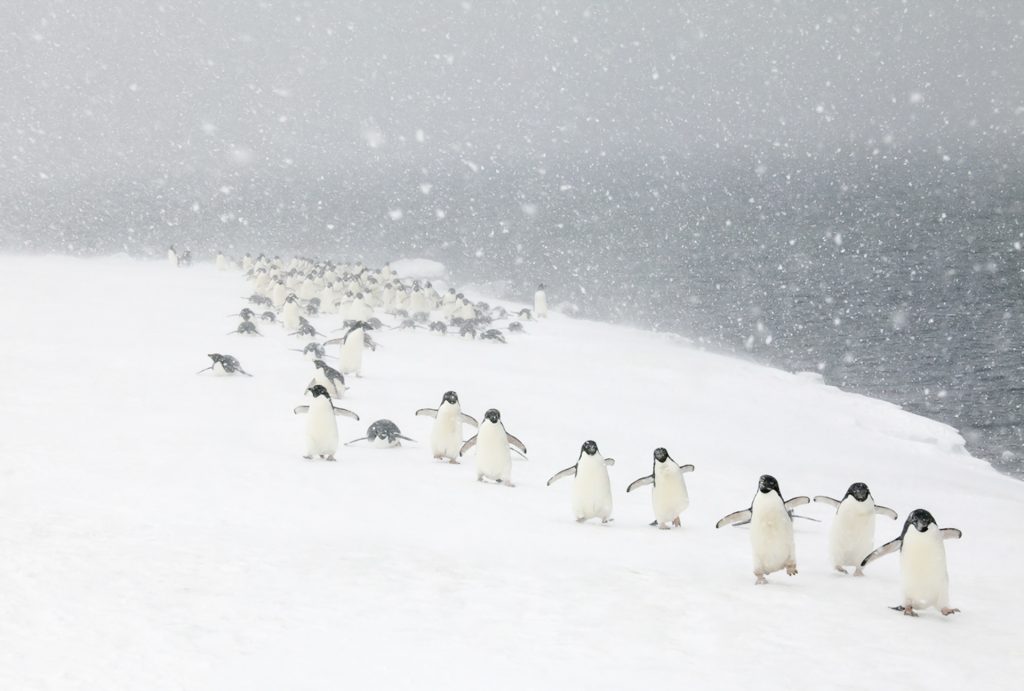
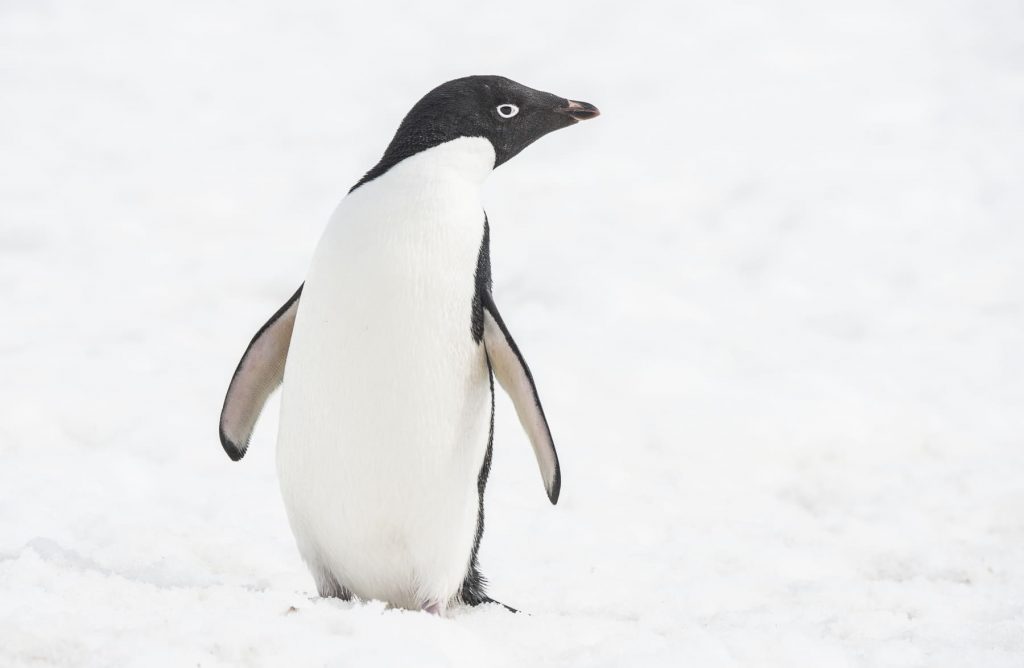

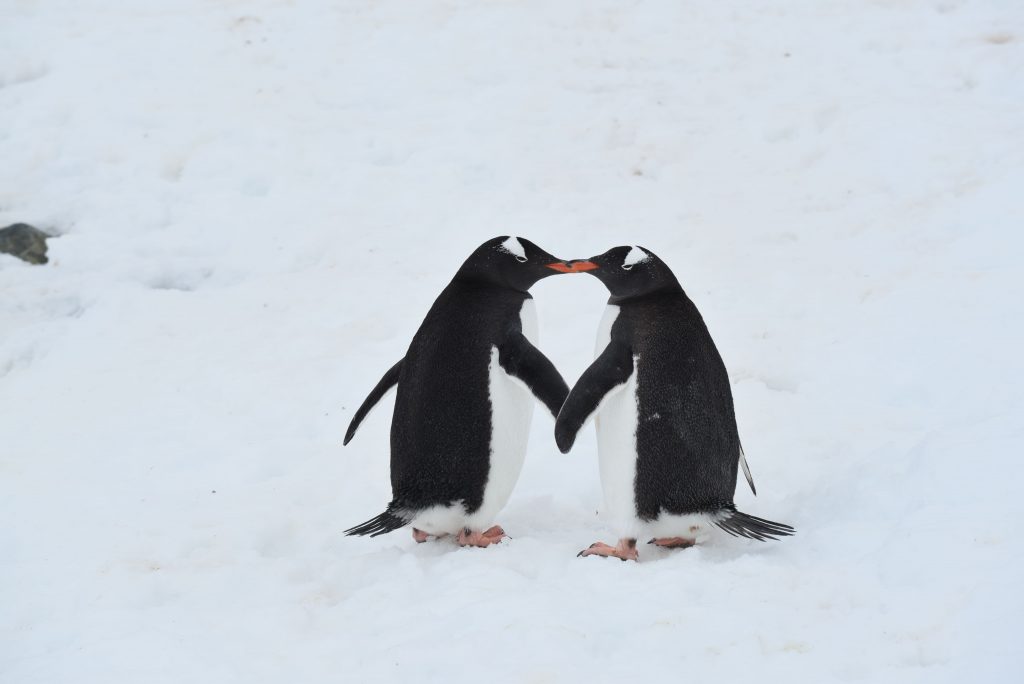
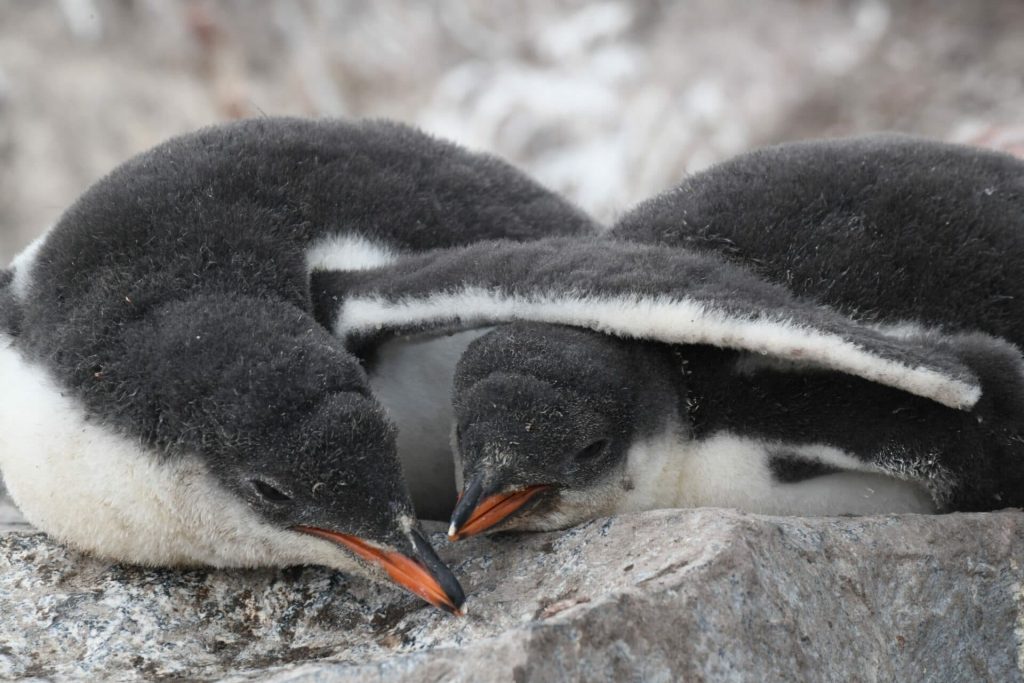
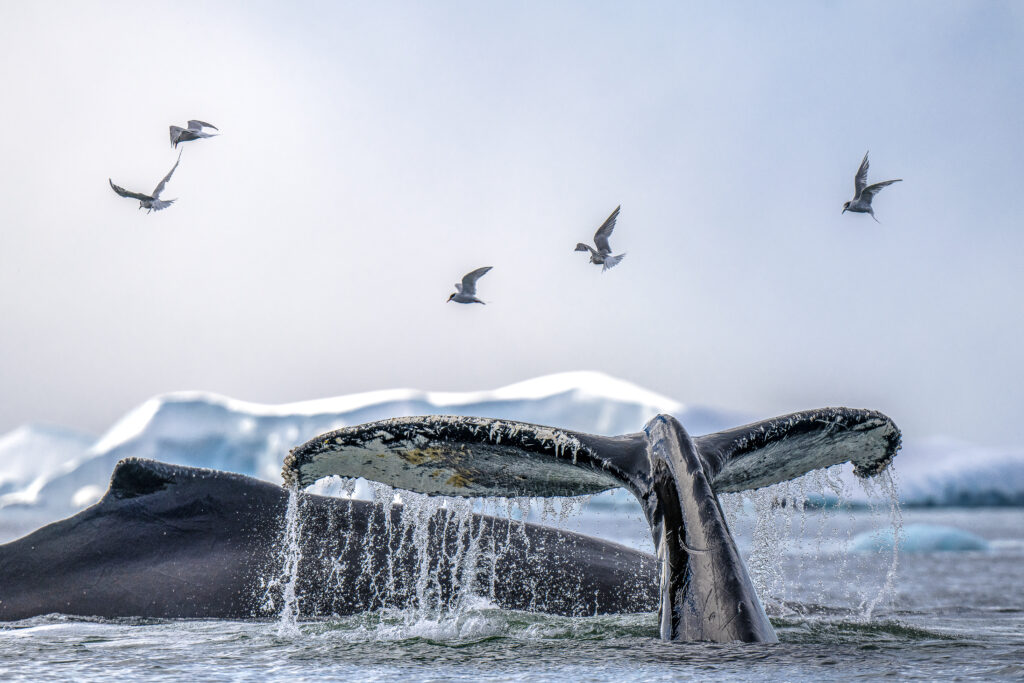
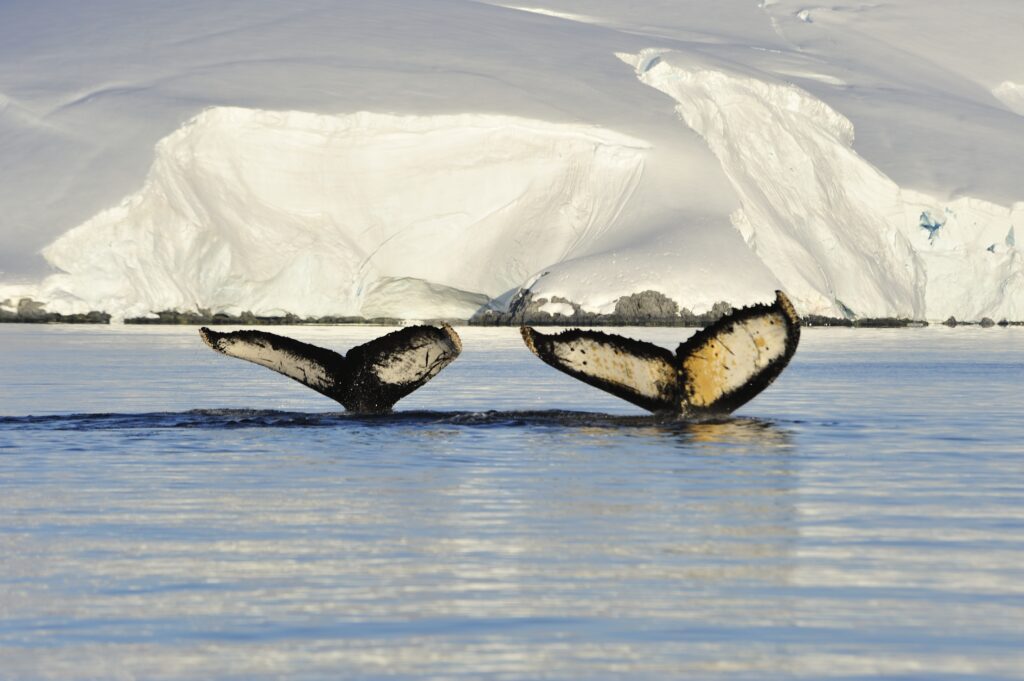
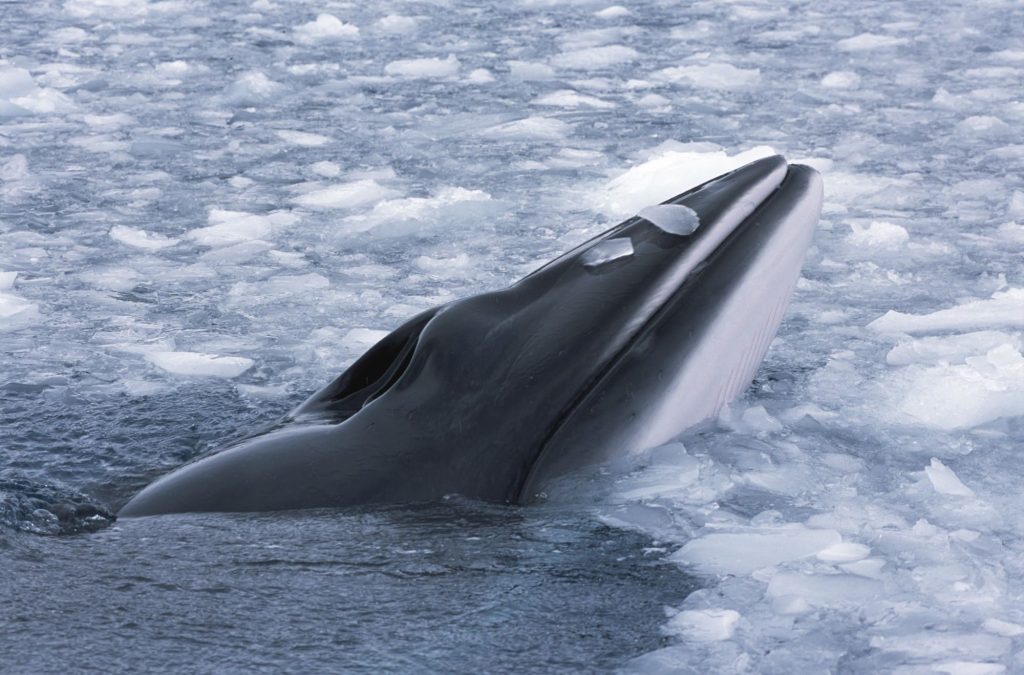
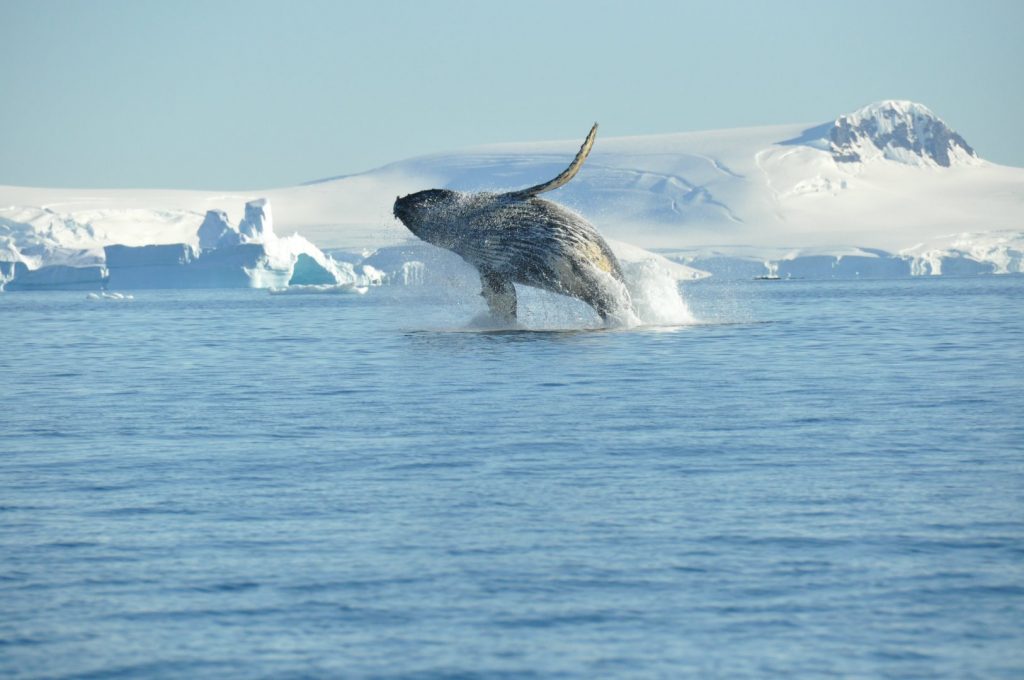
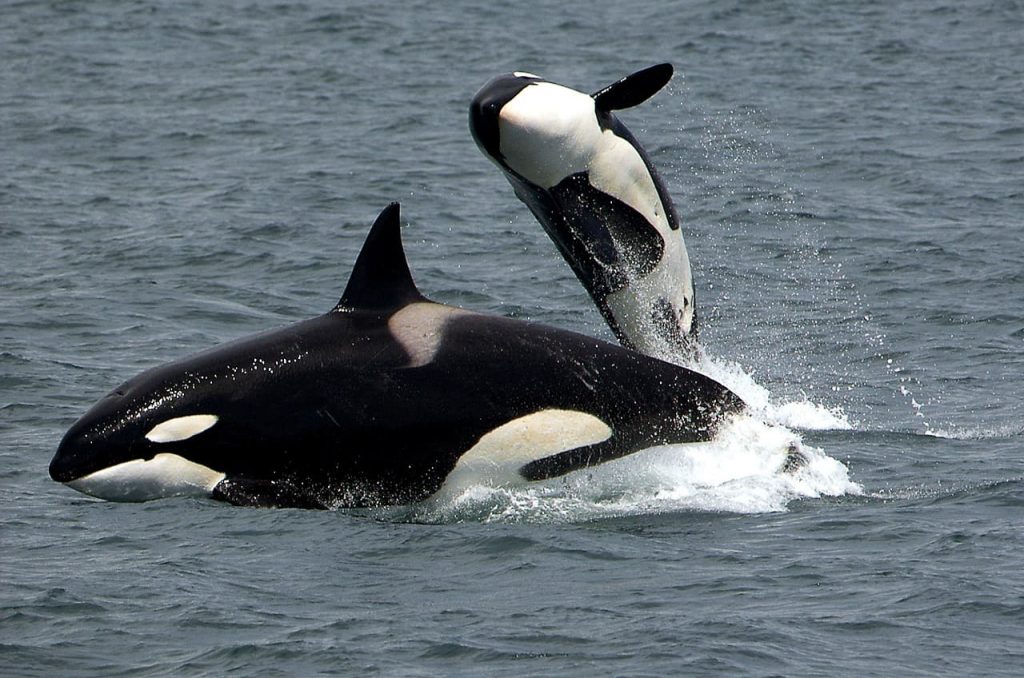
Antarctic and sub-Antarctic waters host at least eight different species of whale. They are the Blue, Fin, Humpback, Minke, Killer, Sei, Southern Right, and Sperm. Whale watching is a natural hobby while voyaging on an Antarctic cruise. Antarctica boasts some of the best locations for seeing these impressive antarctic sea creatures.
If you are interested in learning more about these sea mammals, check out our All About Whales Guide!
Our seal guide shares information about the types of seals found in the waters in and around Antarctica. Learn more about Weddell, Crabeater, and Leopard seals. See the best time for spotting baby seal pups too!
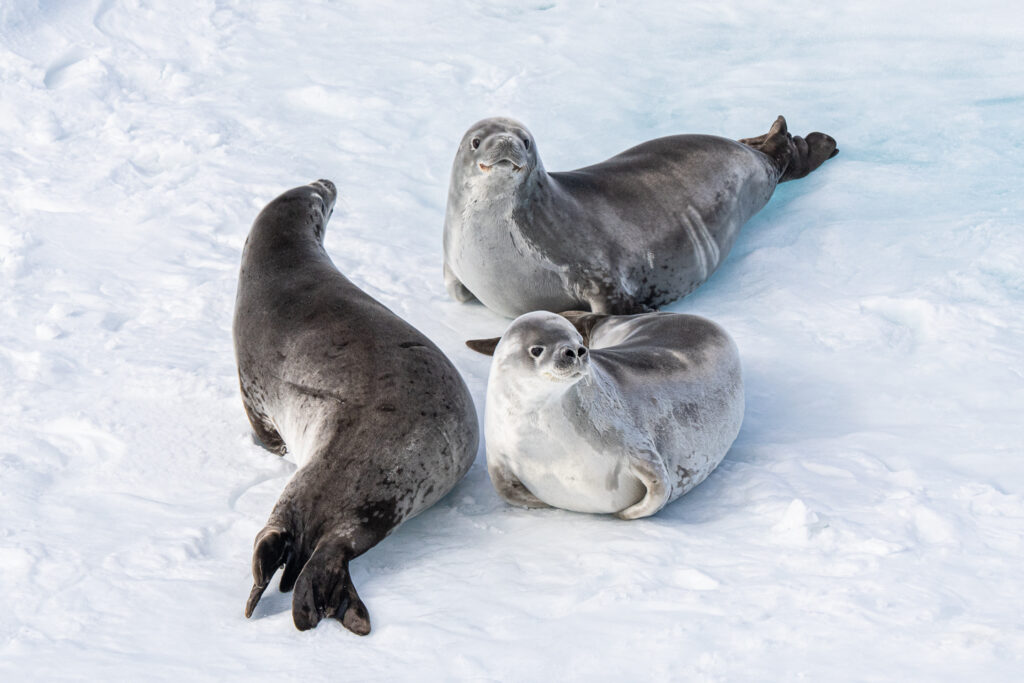
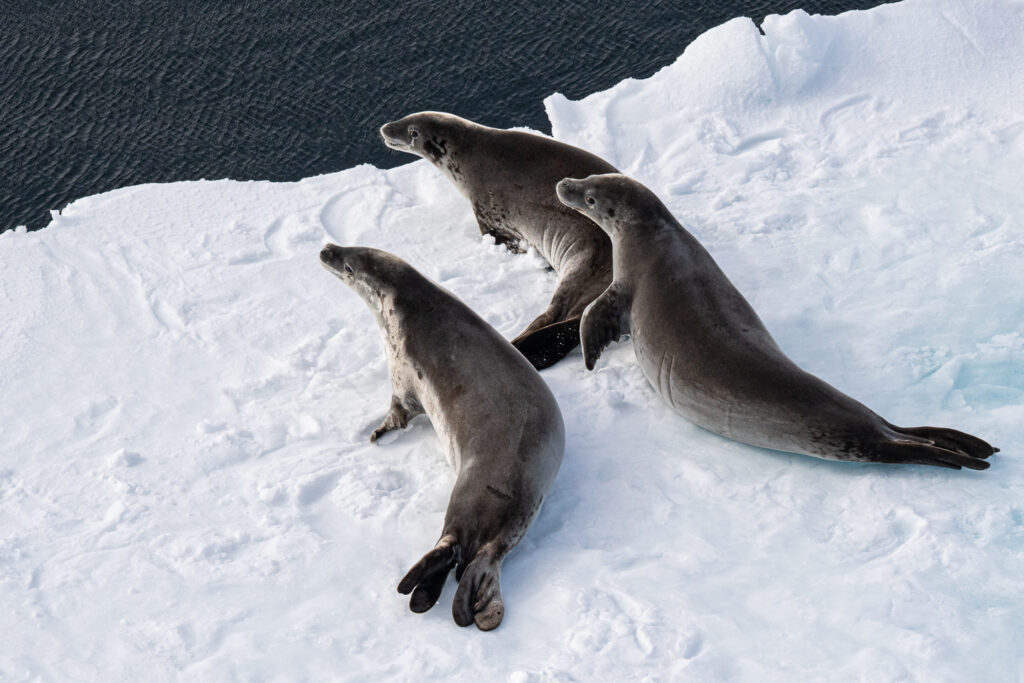
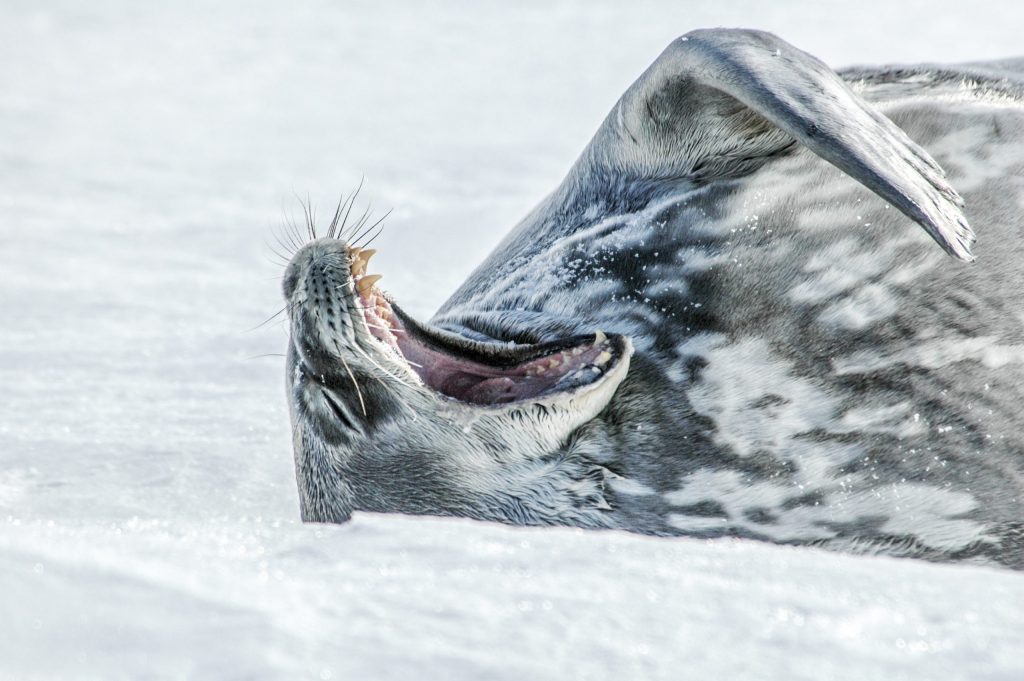
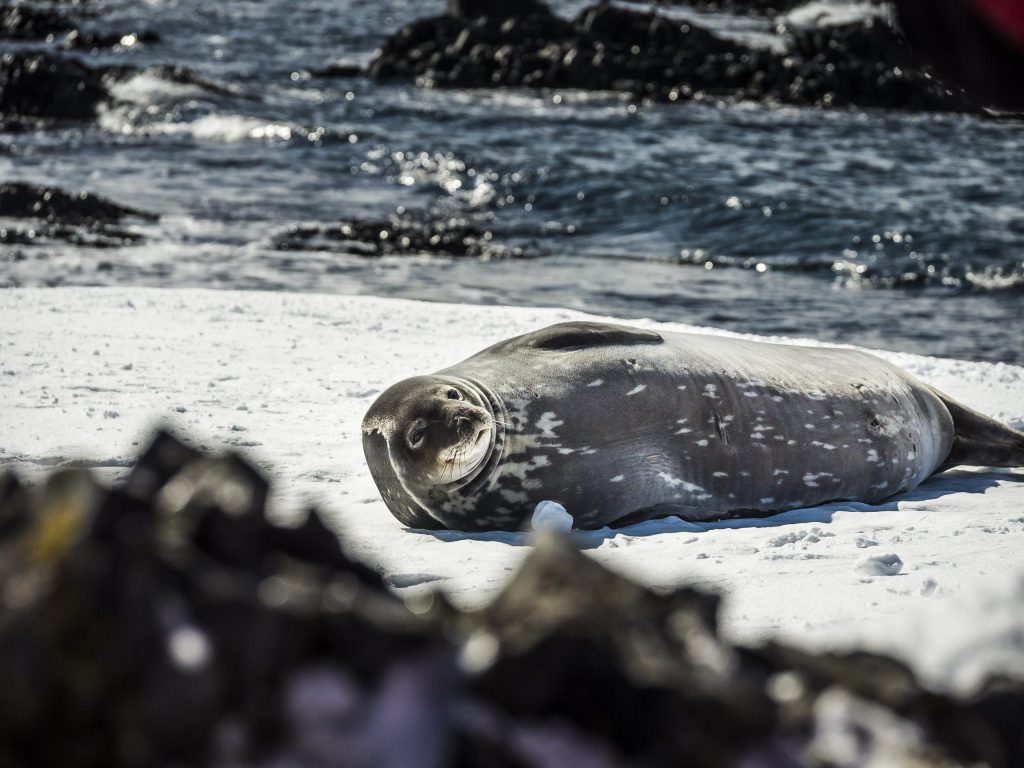
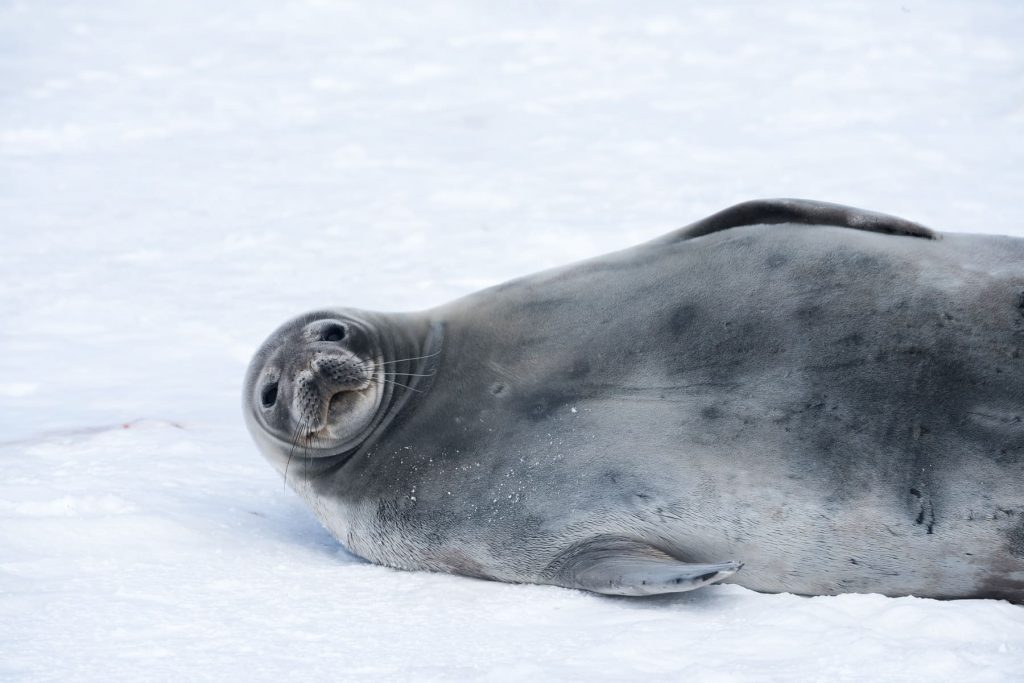
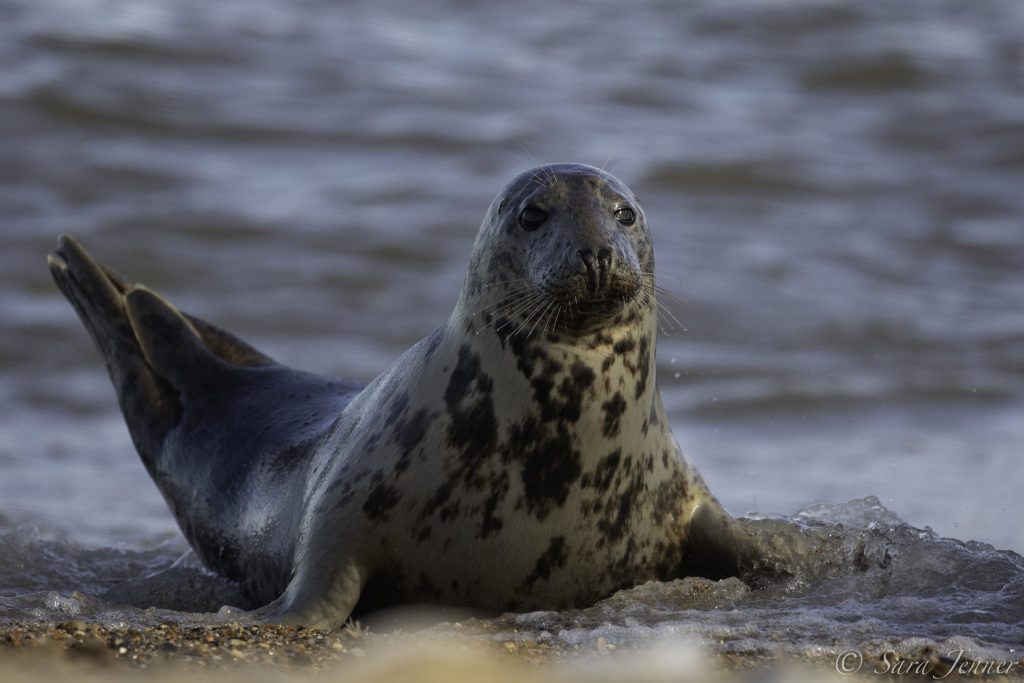
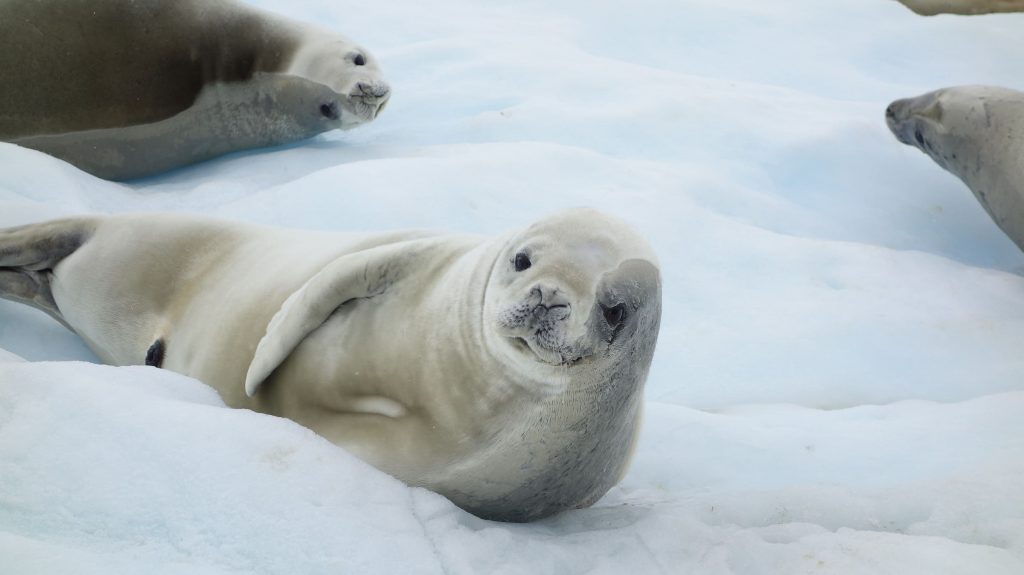
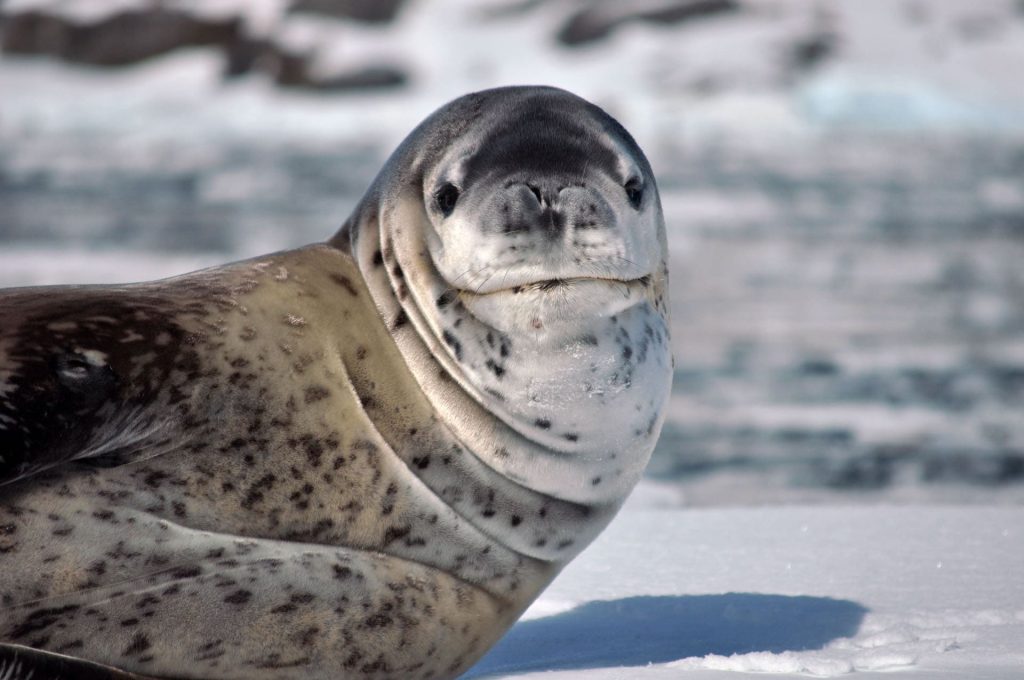
Are there polar bears in Antarctica? What about fox, wolves, moose, elk, and caribou? How about plants in Antarctica? Are there any trees in Antarctica? Our guide handles these common questions and more so that you can be prepared for your Antarctic expedition.
Bacteria, fungi, plant-life, and fish also call Antarctica home. In this section, we cover some of this common life that is not elsewhere covered in the other parts of our wildlife guide.
Cruises to Antarctica (and flights to Antarctica) occur safely and most frequently during the late Antarctic spring (November-December) throughout the summer months from late December through March. In terms of seeing wildlife, there is not only one “best” answer to the question “when should I go to Antarctica?” Rather it depends on your priorities and the types of Antarctic wildlife you are most interested in seeing. Please also refer to our page When to Visit Antarctica for more information related to weather that you may expect.
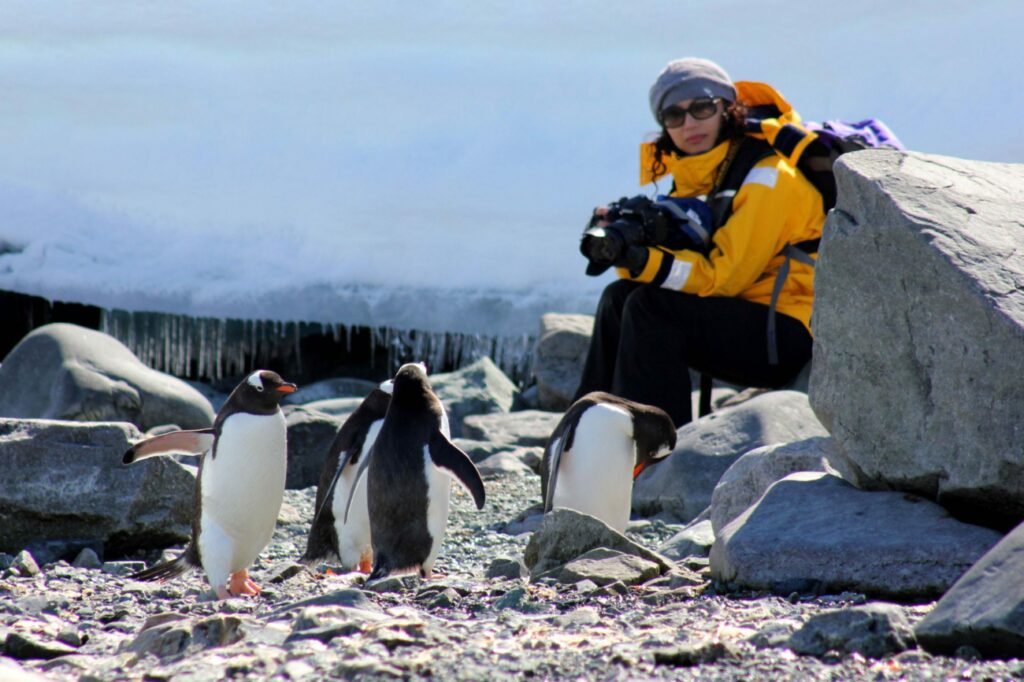
Our November cruises offer the ability to see the Antarctic prior to throngs of tourists visiting. Landing sites will remain less disturbed at this time of year. This is a good time of year to see penguin mating season and rituals. Penguins are building nests in their rockeries and this time period will allow visitors to watch courtships. In the Falklands flowers are blooming. Weddell seals and Fur Seals mate during this time too. Elephant Seals are fighting for mating rights on South Georgia and the Falkland Islands.
Several bird species are active during November Antarctic cruises. Petrels, marine fulmars, and albatross can be seen flying while cruising the Drake Passage. Blue-eyed shags are returning to Antarctica for the summer at this time too.
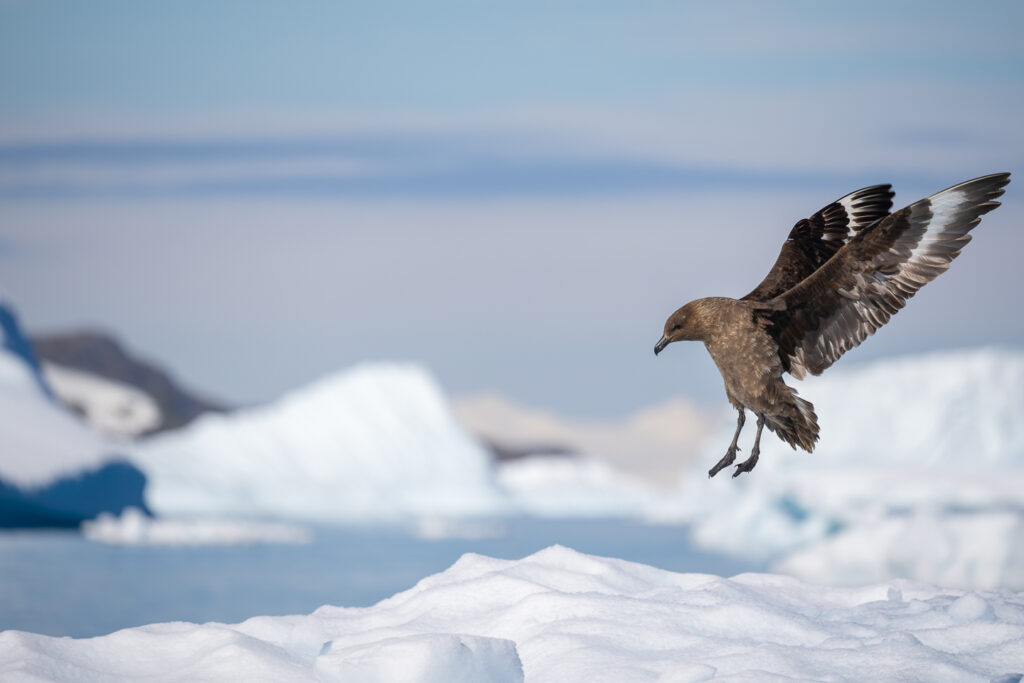
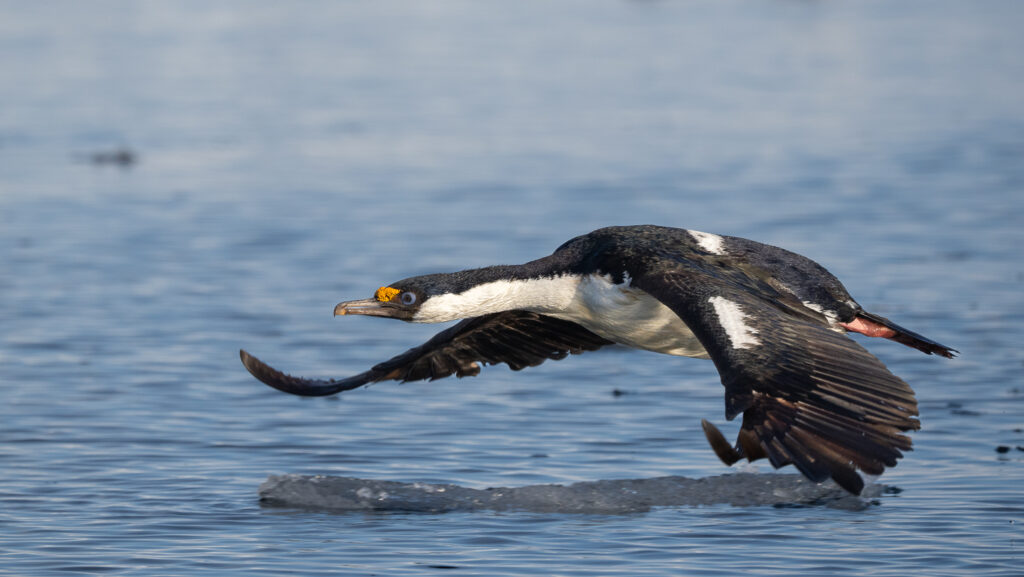
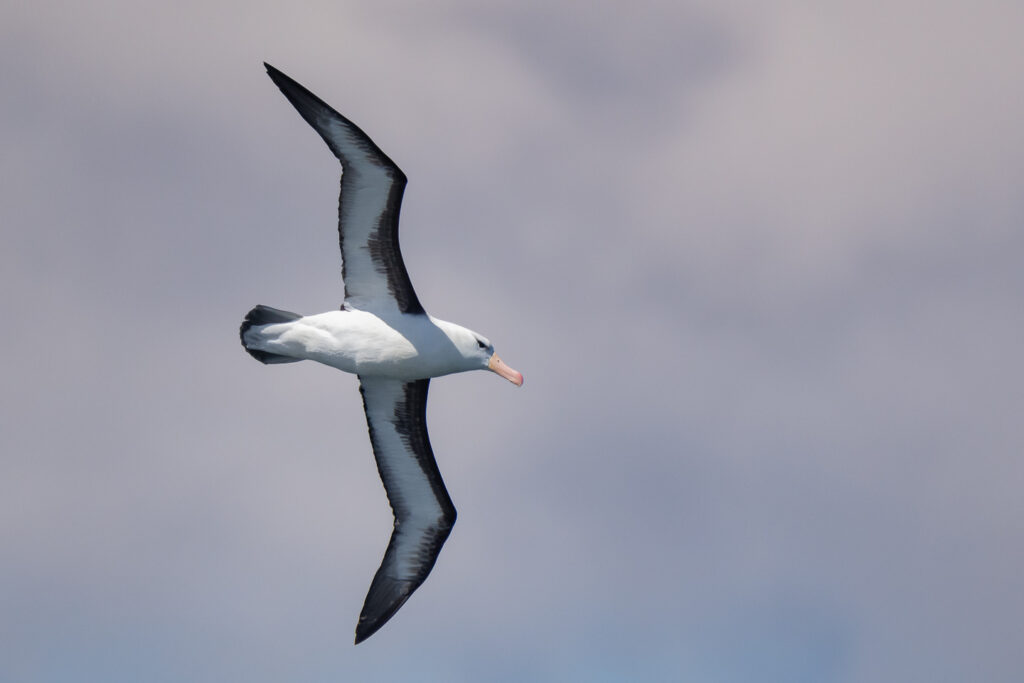
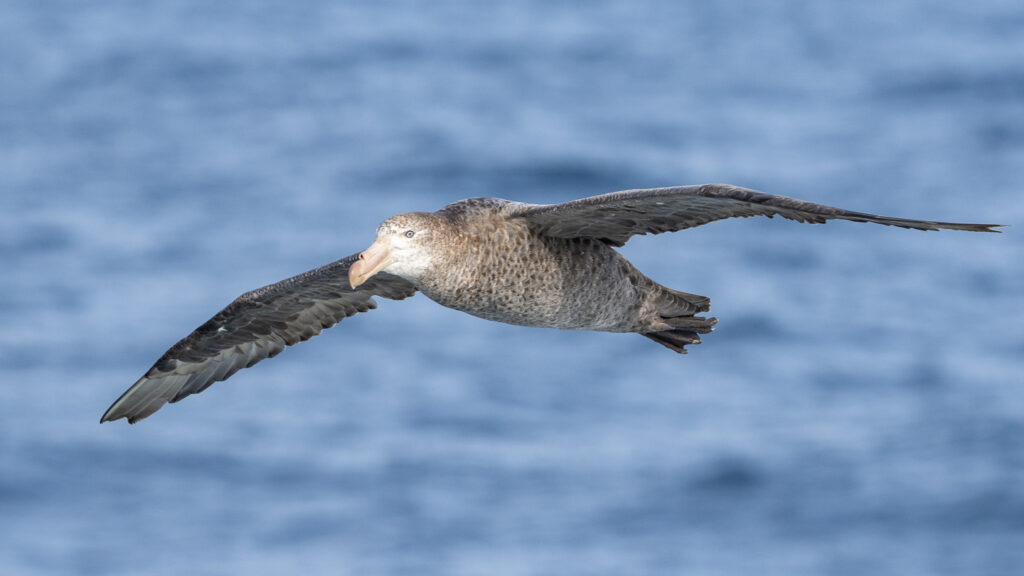
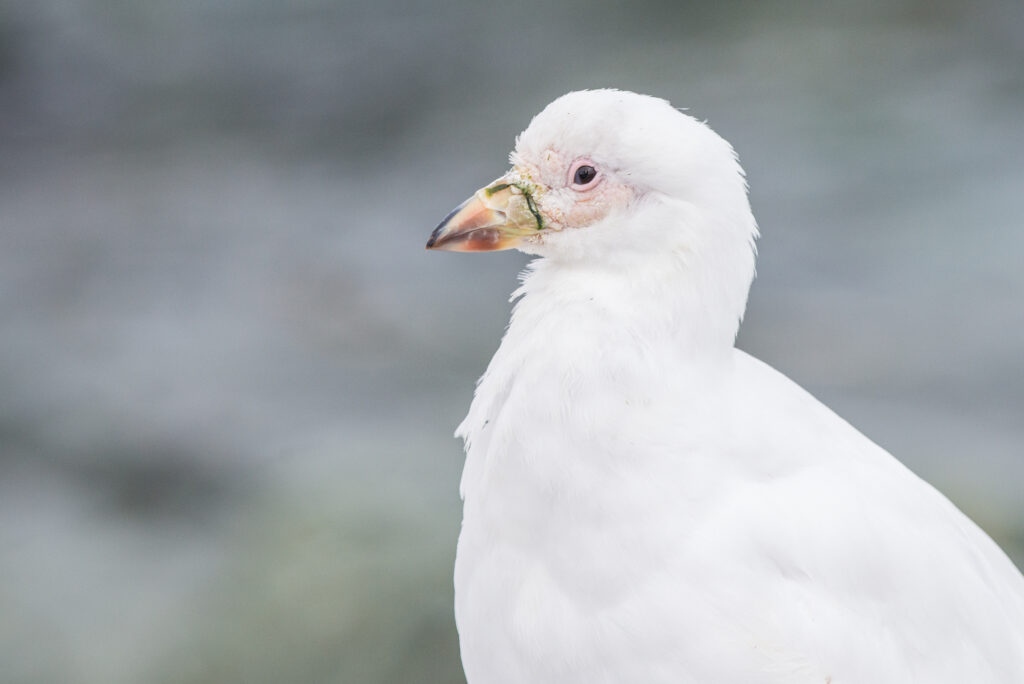
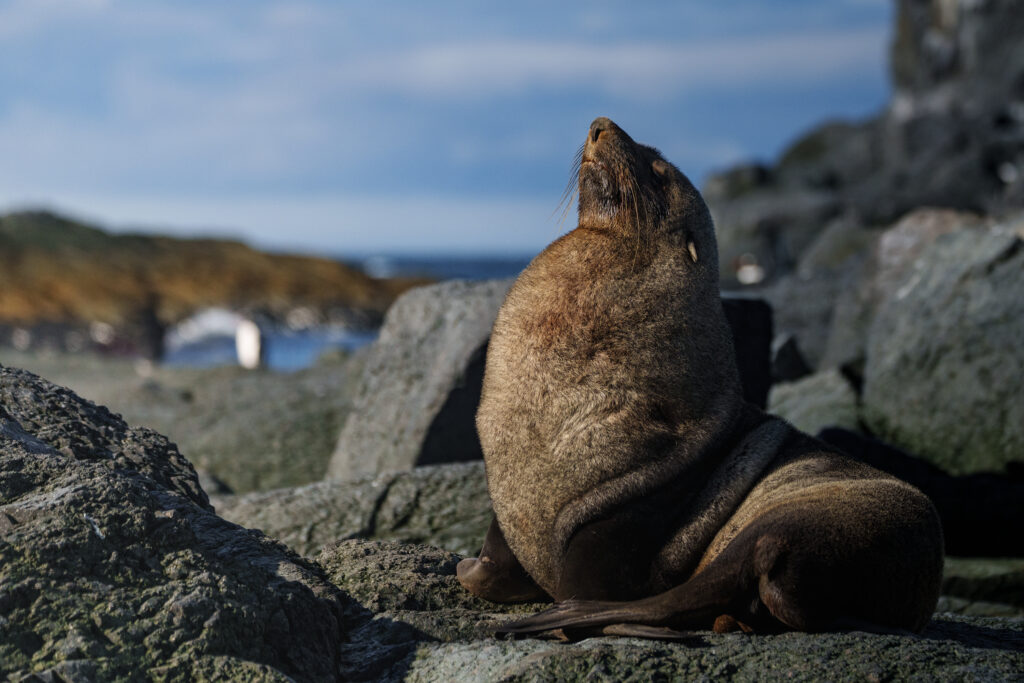
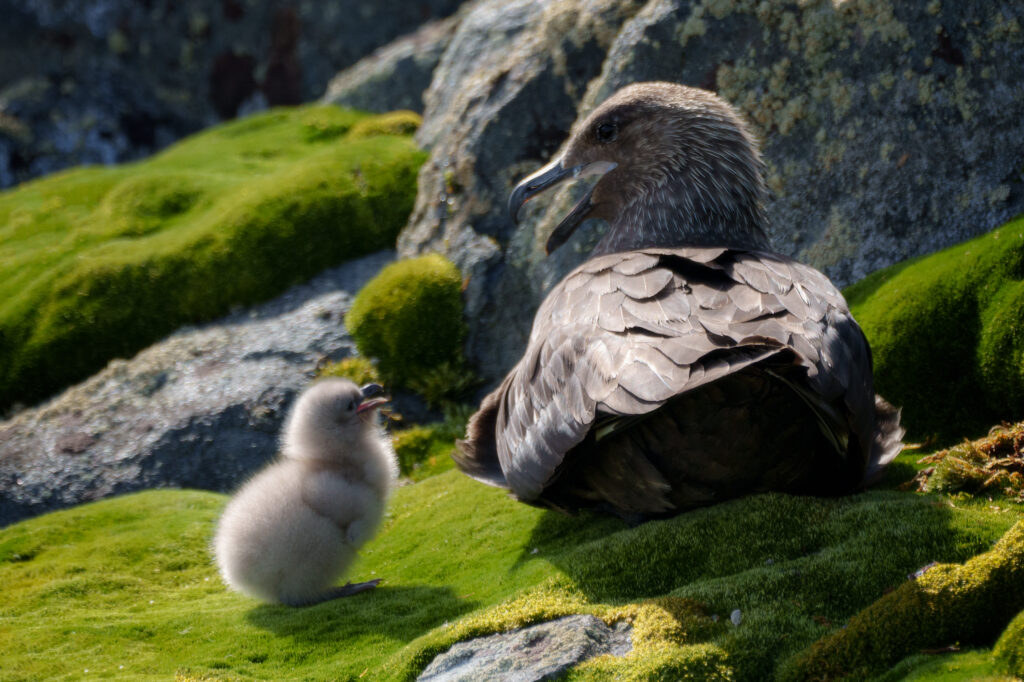
Special thank you to our friends at Antarctica 21 for these fantastic photos!
Temperatures are a bit colder, but this arguably leads to some of the best landscape viewings and photographic opportunities in terms of wild landscapes, snow, clouds, sunsets, and mystical “night-shining” clouds viewable only between 50° and 70° latitude south.
November ranges from about 17 hours of daylight per day at the beginning of the month to about 20 hours at the end of the month.
Finally, November cruises to Antarctica are a great choice for the budget-conscious traveler. There tends to be a greater availability of cabins on Antarctic cruise vessels which is good for travelers looking to save on the trip of a lifetime. If you enjoy snow-shoeing, smaller crowds of people, and want to optimize your chances at getting to observe and perhaps walk on sea ice – book a cruise in November.
The days begin to grow longer and temperatures are increasing. Wildlife makes the best of this opportunity as sunshine bathes the continent in light from approximately 20-21 hours each day at the tip of the Antarctic Peninsula. This makes December a prime month for cruising to Antarctica. Expedition ships find it much easier to get closer to landing sites and this means that small inflatable Zodiac boats will have access to landing sites with greater ease.
Cruises visiting the Falklands will begin seeing baby penguin chicks early in December. By mid-December, penguin chicks will start hatching on the Antarctic Peninsula. Penguin rookeries are now reaching full capacity since most birds have now returned. December is widely considered the “best” time to visit Antarctica.
However, with popularity comes some issues. Expedition ships will be more visible and this means that some landing sites can get crowded leading to possible delays for passenger visits. If you plan on visiting in December, book early!
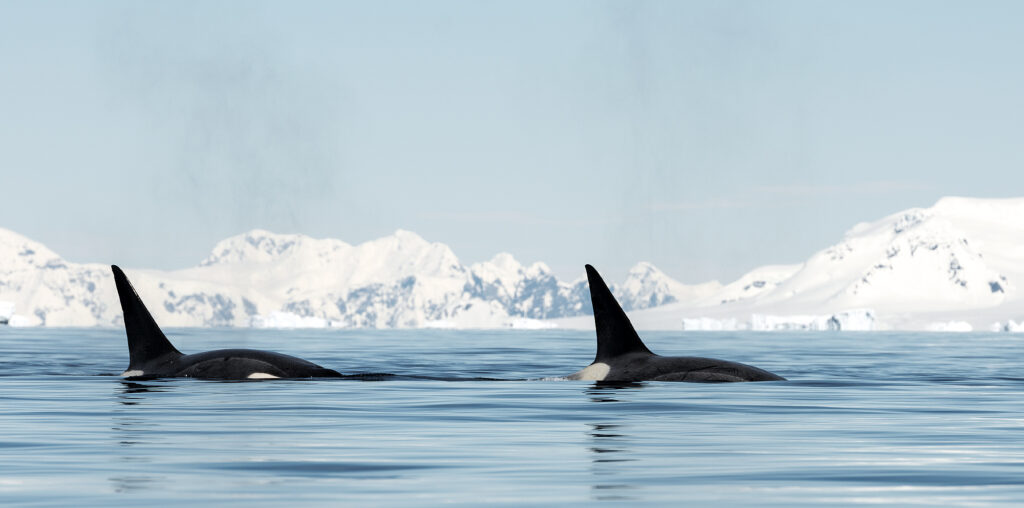
Cruises to the trip of the Antarctic Peninsula will experience approximately 21 hours of daylight at the beginning of the month, falling to around 18 hours per day by the end of the month. Daylight in February at the Antarctic Peninsula ranges from around 18 hours per day at the start of the month to 14.5 hours per day by the end of the month.
By March, daylight hours become more scarce starting at around 14.5 hours per day at the beginning of the month and ending at about 11 hours per day. If you decide to visit during the later Antarctic summer months of February-March, you might be rewarded with seeing whales. This is the best time of year for seeing them because the summer is when they are feeding, mating, and raising young in the Southern Ocean.
Very few opportunities exist for travel to Antarctica during these months. The peninsula’s autumn ranges from late March through late June. During these months, the weather becomes increasingly hostile to life and it’s mostly dark during the day and night. By the end of April, there are only about 7.5 hours of sunlight per day.
Antarctica’s winter is a “no-go” time. Even at the tip of the peninsula, it’s dark during most of the entire day. Winter begins in earnest during late June, peaking in intensely cold weather during July and August. By late September, winter is finally over, but large swaths of Antarctica’s ocean waters are covered in sea ice – making the journey difficult and unpredictable.
During October, the Antarctic spring begins to melt the sea ice and the forcefulness of storms lessens. Yet most expedition ships still opt to wait until mid-spring (November) to offer Antarctic cruises. Hours of Sunlight on the Tip of the Antarctic Peninsula (Palmer Station -64.7 latitudes by -64 longitude) by Month are given in the table below.
To see a comprehensive chart of daylight in Antarctica, please see the table provided.
Contact Polar Holidays to schedule a free consultation with one of our booking specialists today!